3BSE032401R1 is a static excitation system processor module produced by ABB Switzerland, and is one of the core components of the ABB UNITROL series excitation system. This module is mainly used in the fields of industrial automation, power control and process control, especially in generator excitation control, playing a key role to ensure the stable operation of the power system.
Core Features
1. Hardware Design
Industrial Durability:
Supports DC 9~36V wide range power input, with voltage isolation and reverse connection protection.
Operating temperature range: -40°C to 75°C, suitable for harsh industrial environments.
High shock and vibration resistance, ensuring stable operation in harsh environments.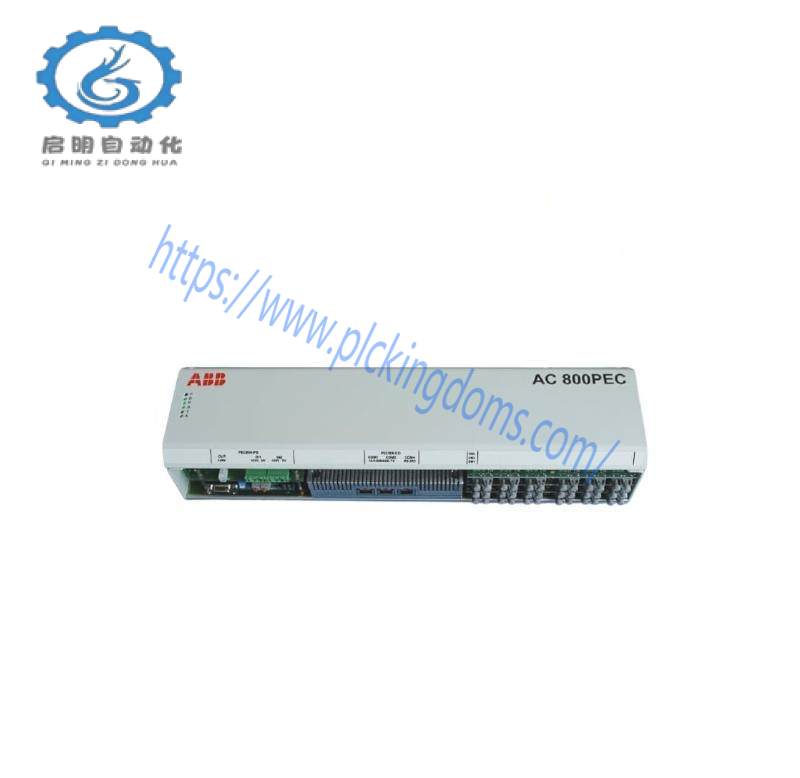
Interfaces and protocols:
Supports multiple industrial communication protocols such as Ethernet, PROFINET, Modbus, etc.
Provides multiple I/O interfaces, which can connect sensors, actuators and other devices to achieve data interaction.
2. Data Processing Capability
High-performance computing: Equipped with high-performance processors and memory, it can handle complex control algorithms (such as PID adjustment, protection logic, etc.).
Real-time response: Provides high-speed data processing capabilities to ensure that the excitation system responds quickly to grid changes.
Data Storage and Analysis: Supports data acquisition, storage and analysis functions, and can generate operation reports and fault records.
3. Functions and Applications
Excitation Control Core:
Real-time monitoring of generator voltage, current, power factor and other parameters, and adjusts the excitation current to maintain voltage stability.
Supports multiple operating modes such as constant voltage, constant excitation current, constant reactive power, constant power factor, etc.
Protection function:
Overexcitation, underexcitation, overvoltage, undervoltage and other protection functions.
Fault diagnosis and alarm to ensure safe operation of the generator.
System integration:
Supports remote monitoring and control, and can communicate with the host computer (such as DCS, SCADA).
Modular design, easy to expand and customize, adapt to different application scenarios.
4. Compatibility and scalability
Modular architecture: supports integration with other ABB UNITROL series modules (such as CIO board, CSI board, etc.).
Dual-channel redundancy: Some models support dual-channel configuration to improve system reliability.
Application Cases
1. Power Industry
Generator Excitation Control: Used in synchronous generator excitation systems of thermal power plants, hydropower stations and wind farms to ensure voltage stability.
Typical Projects:
Guodian Tai’an 2×350MW Unit: Using UNITROL 6800 system to achieve automatic voltage regulation of generators.
Shanghai Shidongkou No. 1 Plant: Using UNITROL F system to improve the reliability of generator operation.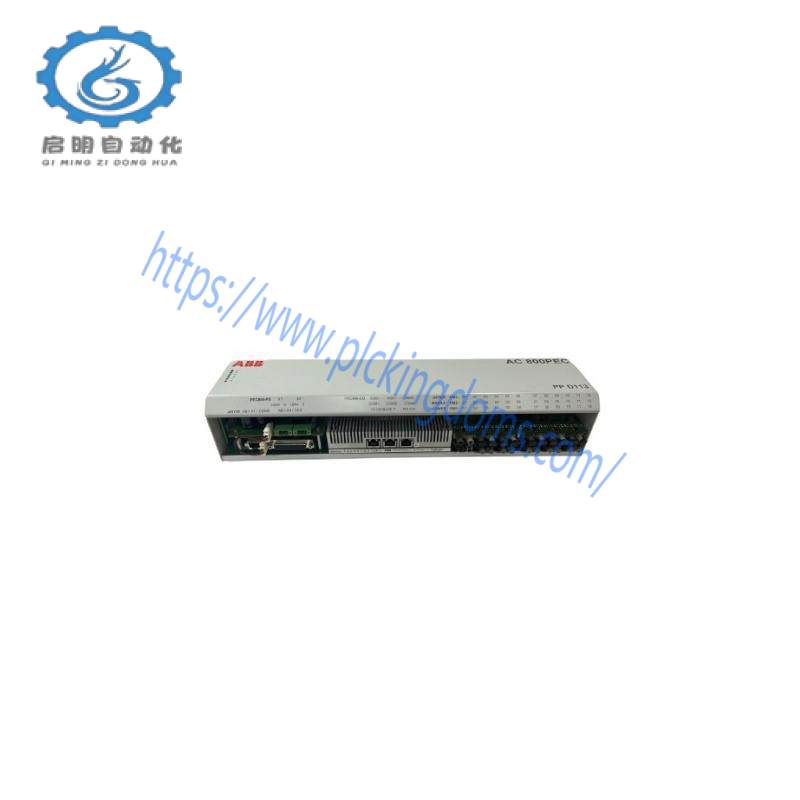
Advantages and summary
1. Product advantages
High reliability: industrial-grade design, adaptable to harsh environments, mean time between failures (MTBF) up to 45 years.
Flexible integration: supports multiple communication protocols, easy to integrate with existing systems.
Comprehensive protection: multiple protection functions to ensure safe operation of the generator.
Efficient maintenance: modular design, simplified maintenance process, and reduced downtime.
Summary
3BSE032401R1 static excitation system processor is the core component of ABB UNITROL series. With its high performance, high reliability and flexible integration capabilities, it is widely used in power and industrial automation fields.
Related product recommendations:
5SHY4045L0001 3BHE009681R0101 3BHB018162
PPD513AOC-100440 3BHE039724R0C3D
UFC911B108 3BHE037864R0108
ABB 500PSM03 1MRB150038R1
ABB 500BIO01 1MRB150005R0001 1MRB200060/E
ABB 500BIO01 1MRB150005R0001
S-073N 3BHB009884R0021
S-053M 3BHB012897R0003
AO2000 LS25
3BHE028122R0001
PFEA113-65 3BSE050092R65
More……
3BSE032401R1 static excitation system processor ABB
In stock
Equipped with high-performance processor and memory, it can handle complex control algorithms (such as PID regulation, protection logic, etc.), provide high-speed data processing capabilities, ensure that the excitation system responds quickly to grid changes, support data acquisition, storage and analysis functions, and generate operation reports and fault records.


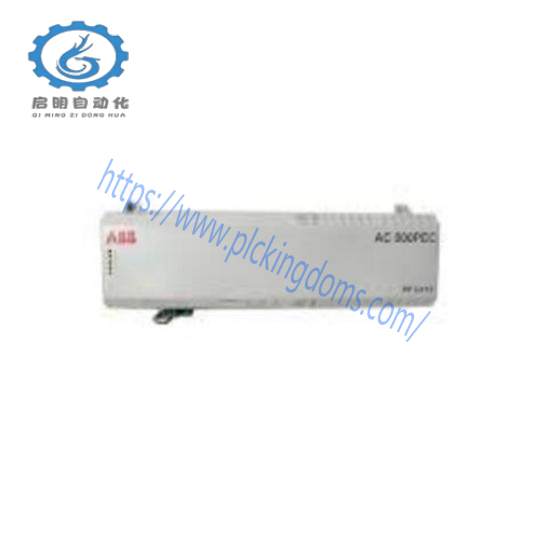
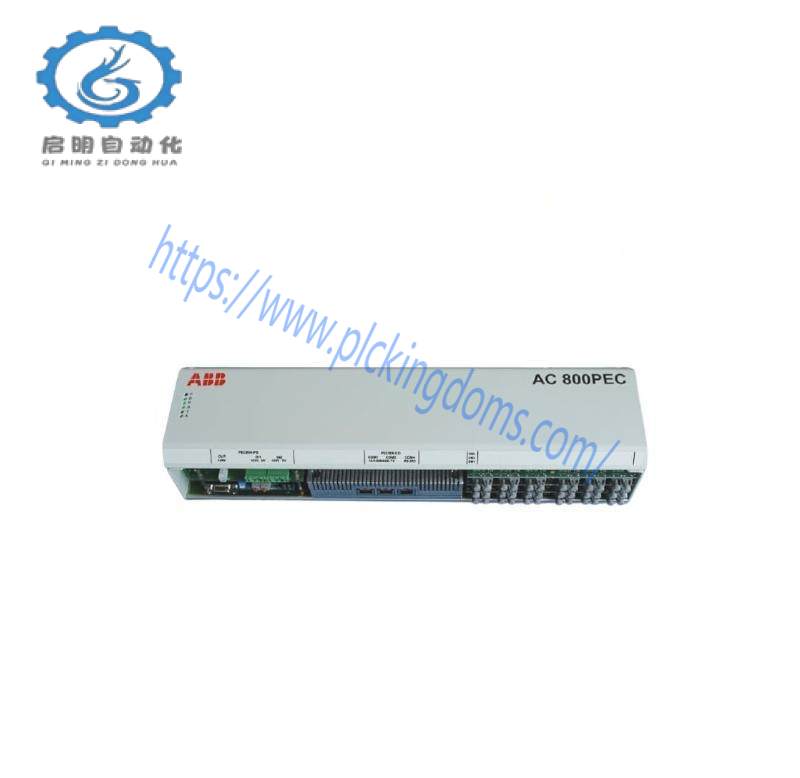
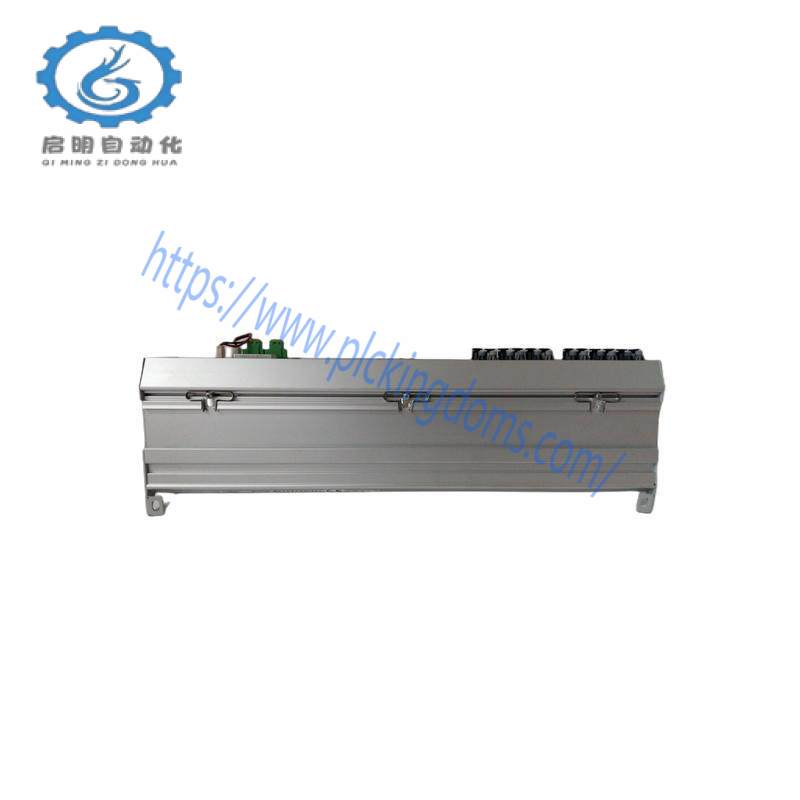



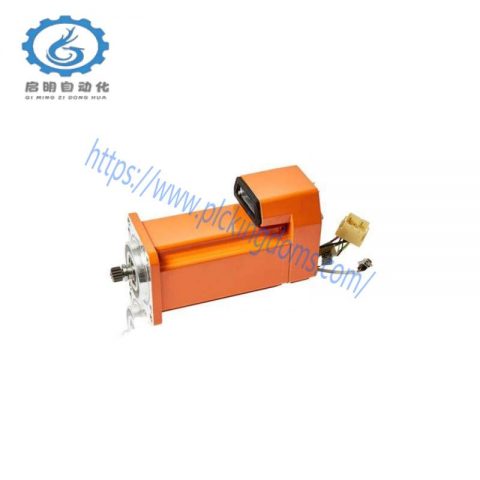
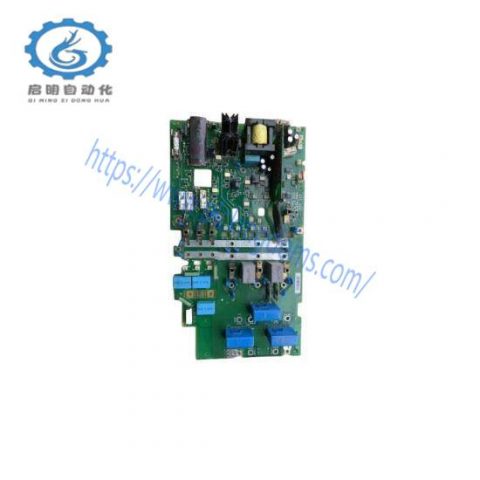
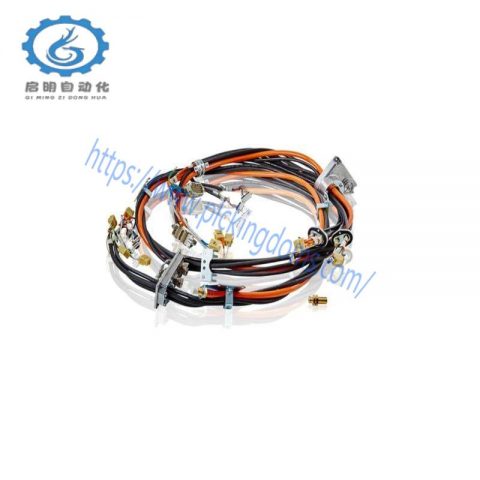
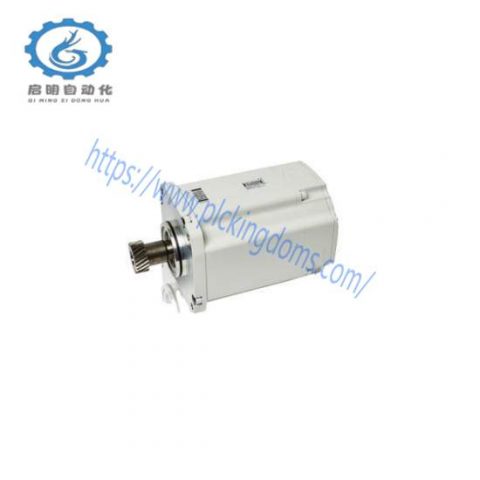

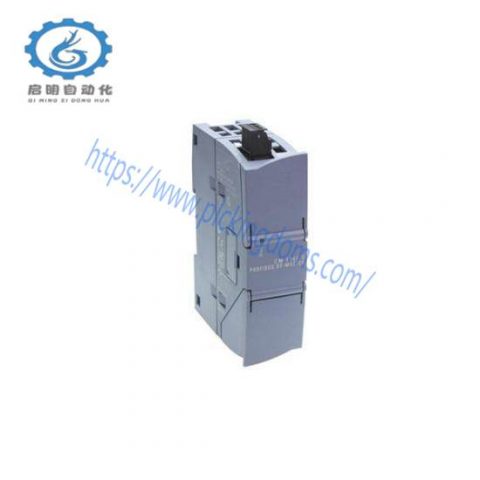
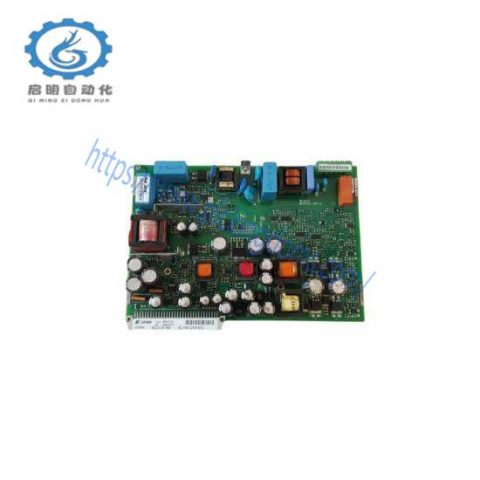
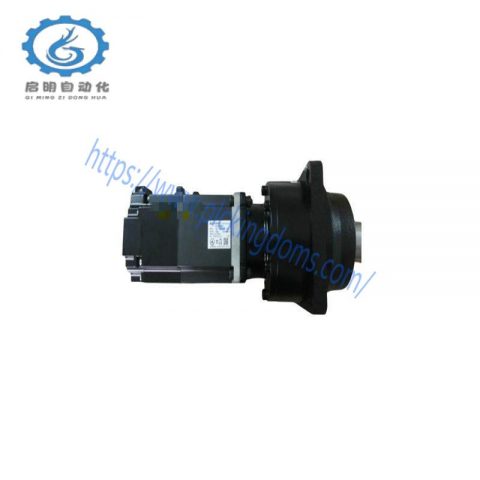
There are no reviews yet.